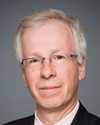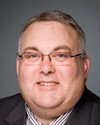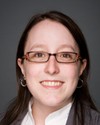For what it's worth, in the English edition of the Alberta commission's report, page 15 is all about the whole hub and spoke, partly urban and partly rural riding concept, along with some alternatives—including the doughnut, which has been used in at least one place in Ontario—and then just attempting to divide up purely urban, purely rural areas. Everybody can read it and see what the philosophy was.
One of the things it mentioned, and it's a thought that was crossing my mind anyway, is that the nature of a partly urban, partly rural riding is different when it is a riding that is, say, half urban, half rural on the one hand.... I have some personal experience with this situation. I used to represent a riding, Lanark—Carleton, which was half urban and half rural population, although geographically it was 90% rural. Then after the riding was split in the last redistribution, I went to the rural component and a riding was created, Carleton—Mississippi Mills, which is about 80% urban but has a rural component.
I would say there is a distinction between the status quo before and the status quo afterward, given that it's easier to get to events in urban areas, and the money—the donations and so on—tends to come from urban areas. Your riding association meetings and so on tend to be held in the urban area, depending on where your directors are. There is a tendency for the interest to shift to the urban area, and then the rural area may be neglected. When you have that kind of split, rural is a minority.
All of this is by way of asking what percentage of the population is rural versus urban in what they've proposed.





